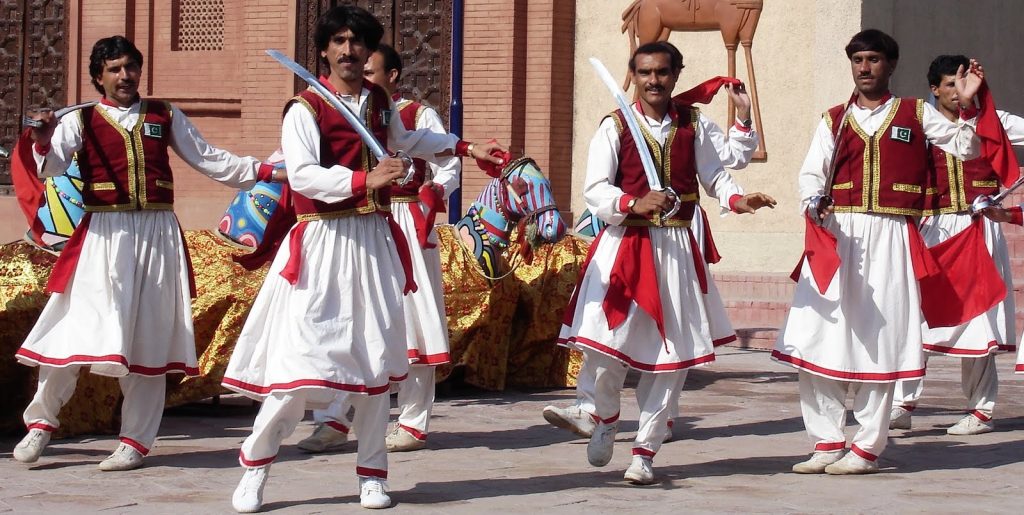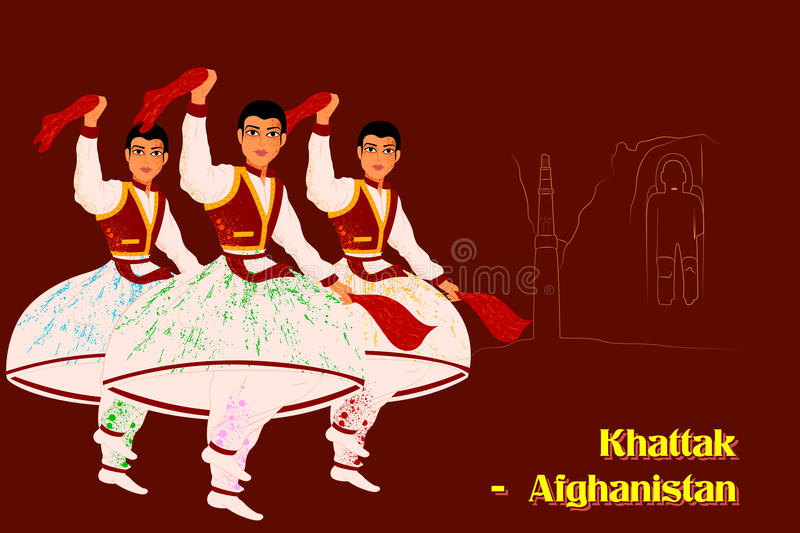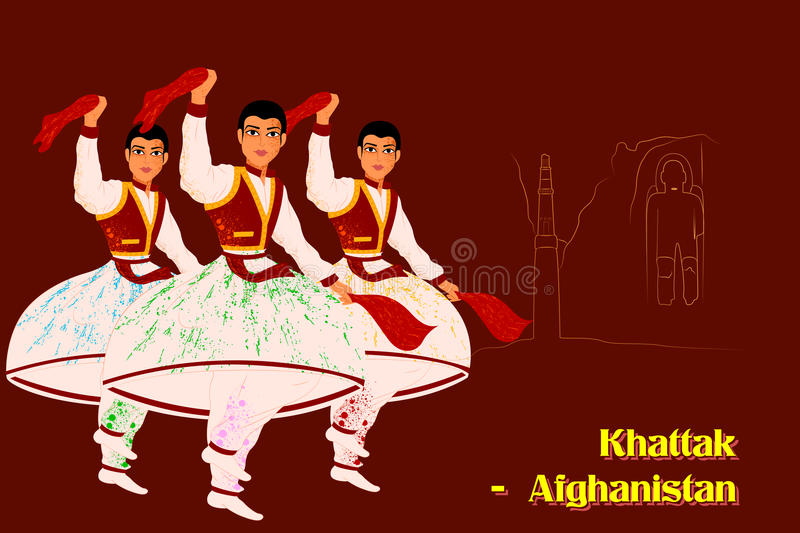GCP Video Khattak Dance
Google Cloud Platform (GCP) provides customers with a secure, reliable, and high-performance infrastructure for their most demanding workloads. To show our commitment to these core tenets, we’ve decided to celebrate by performing the Khattak Dance. The Khattak Dance is a traditional dance of the Pashtun people, originating from the Khyber Pakhtunkhwa province of Pakistan. The dance is performed by men and women in groups, and is characterized by its fast pace and energetic movements. We hope you enjoy this video, and please stay tuned for more GCP-related content in the future!
What is GCP?
Google Cloud Platform, or GCP, is a set of tools and services that allows developers to build and deploy applications on Google’s infrastructure. This includes everything from storage and computing power to data analytics and machine learning.
GCP is a powerful platform that can help you scale your applications quickly and efficiently. It’s also easy to get started with, so you can begin developing your app right away. In this video, we’ll show you how to perform the Khattak Dance, a traditional dance from Pakistan, on GCP.
What is Khattak Dance?

Khattak Dance is a folk dance of the Khattak people, who are indigenous to the Khyber Pakhtunkhwa province of Pakistan. The dance is performed by both men and women, and is often done in pairs.
The dance itself is a very energetic one, and often includes acrobatic moves. The music that accompanies the dance is also very upbeat, and often features drums and other percussion instruments.
The History of Khattak Dance
The Khattak Dance is a traditional dance of the Pashtun people that dates back centuries. The dance is performed by both men and women, and is often used as a form of social interaction and communication. The dance is also used as a way to express emotions, and can be seen as a form of storytelling. The history of the Khattak Dance is long and complex, with many different influences and origins.
How to Perform Khattak Dance
Khattak Dance is a beautiful and traditional dance form from the Khyber Pakhtunkhwa province of Pakistan. The dance is performed by both men and women, and is characterized by its graceful movements and flowing skirts.
If you’re interested in learning how to perform Khattak Dance, there are a few things you’ll need to do first. First, you’ll need to find a good instructor who can teach you the proper techniques. Second, you’ll need to practice regularly so that you can perfect your skills. And third, you’ll need to have the right outfit for the dance – typically, this includes a skirt or shalwar kameez for women, and loose trousers or a chadar for men.
Once you have all of these things in place, you’re ready to start learning Khattak Dance! Here are some basic steps to get you started:
1. Stand with your feet together and your hands at your sides.
2. Bend your knees slightly and begin swaying your hips from side to side.
3. As you continue swaying your hips, raise your arms up above your head and clap your hands together.
4. Now, begin moving your feet from side to side as well – keeping them close together as you do so.
5. As you move your feet and clap your hands, continue swaying your hips from side to side.
GCP Video of Khattak Dance

The Khattak Dance is a traditional dance of the Pashtun people, who are indigenous to Afghanistan and Pakistan. The dance is performed by men and women, and is often used as a form of courtship. The Khattak Dance is a beautiful and graceful dance, and has been captured in this video.
Conclusion
The GCP Video Khattak Dance is a great way to get your body moving and have some fun. This dance is perfect for people of all ages and fitness levels, so don’t hesitate to give it a try. With some practice, you’ll be able to execute the moves like a pro in no time. And who knows, you might even find yourself enjoying this dance more than you thought you would.







